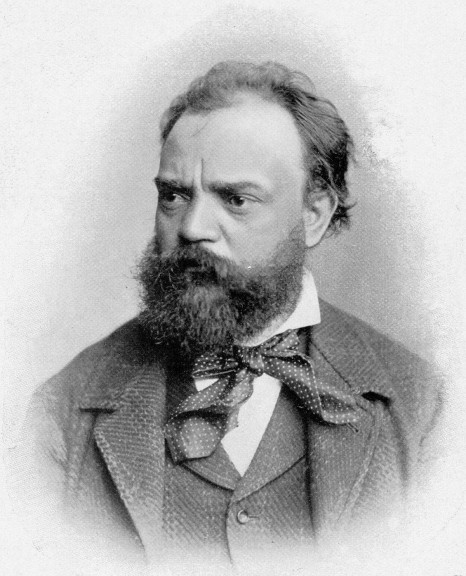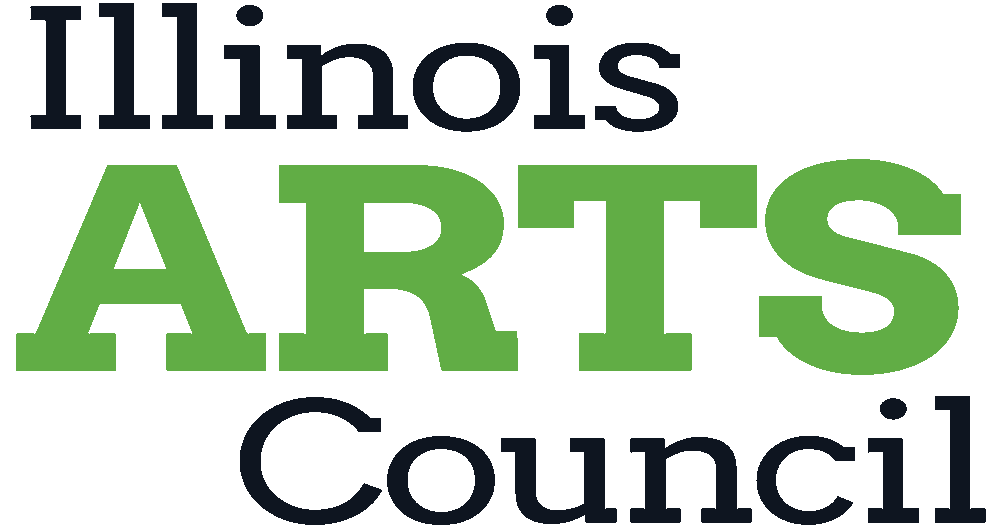Dvořák: Cello Concerto

Antonín Dvořák’s (1841–1904) Cello Concerto in B Minor, Op. 104, is one of the most beloved concertos in the orchestral canon and one of Dvořák’s most enduring works. But you may be surprised to learn that Dvořák initially wasn’t so keen on the idea of the cello as a solo instrument. He wrote, “The cello is a beautiful instrument, but its place is in the orchestra and in chamber music. As a solo instrument it isn’t much good,” because “the upper voice squeals and the lower growls.” But Dvořák found a way to make it work through his thoughtful scoring that allows for balance between the soloist and orchestra so that the sweet low and middle registers of the cello are never overshadowed, while also affording the soloist plenty of virtuosic moments to shine.
Dvořák had sketched a cello concerto when he was 24 years old but never completed it. His friend and colleague cellist Hanuš Wihan had long hoped a concerto would be written for him since cello concertos were relatively few and far between compared to those for violin or piano. But it wasn’t until Dvořák’s tenure in America that he was finally convinced to put pen to paper in earnest.
In 1892, Dvořák was invited to come to America to teach at the recently established National Conservatory of Music in New York City. Wealthy arts patron Jeannette Thurber founded the institution in an effort to raise the standard of American art music to rival that of Europe, hiring prominent teachers and composers from around the world to lend their expertise.
While in New York, Dvořák saw the potential of what a cello concerto could be when he heard one by Victor Hubert at a concert in Brooklyn. New York’s landscape also was an influential factor. On a visit to Niagara Falls in 1892, Dvořák reportedly exclaimed, “My word, that is going to be a symphony in B minor!” Though he never ended up writing a symphony in B minor, his resulting Cello Concerto in B minor is certainly symphonic in scope.
Dvořák began work on the concerto in spring 1894 while on a brief visit home to Bohemia, completing it in February the following year when back in New York. Upon returning to Prague that April, he entrusted Wihan with editing the solo cello part. However, Dvořák later discarded many of Wihan’s ideas, particularly the traditional fiery cadenza at the end of the third movement, opting instead for an ending that is more contemplative than joyous.
As you can imagine, doing away with these edits rubbed Wihan the wrong way, and even though the published score is dedicated to Wihan, he refused to play the premiere in 1896. But Dvořák had his reasons for the change of mood. While composing the concerto, he received a letter that his sister-in-law, Josefina Čermáková, was dying. Before Dvořák married her sister, Anna, he had been hopelessly in love with Josefina, but this love was unrequited. They had stayed close friends, and he was devastated upon receiving the letter. In an act of dedication, he quotes Josefina’s favorite song of his, “Lass mich allein in meinen Träumen geh’n” (“Leave me to walk alone in my dreams”), in the Adagio second movement. The Adagio also contains a discreet funeral march with a triplet figure in the horns under the cantabile theme. The contemplative mood of the ending, too, is in reverence to her memory. One month after Dvořák returned home, Josefina died.
When submitting the score to his publisher, he was adamant that the ending not be edited, even though it differed from traditional Romantic concertos in its lack of cadenza. He wrote, “My finale closes gradually, diminuendo, like a sigh, with reminiscences of the first and second movements; the solo dies down to pianissimo, then swells again, and the last bars are taken up by the orchestra and the whole concludes in a stormy mood. This is my idea and I cannot depart from it!”
Cellist Leo Stern gave the premiere performance of the concerto in London on March 19, 1896, with the composer at the podium to great critical acclaim. Johannes Brahms, not usually one to give high praise to other composers, even wrote to Dvořák to congratulate him, saying, “How could I not have known that one can write a cello concerto like this? If I had known, I would have written one long ago!”



